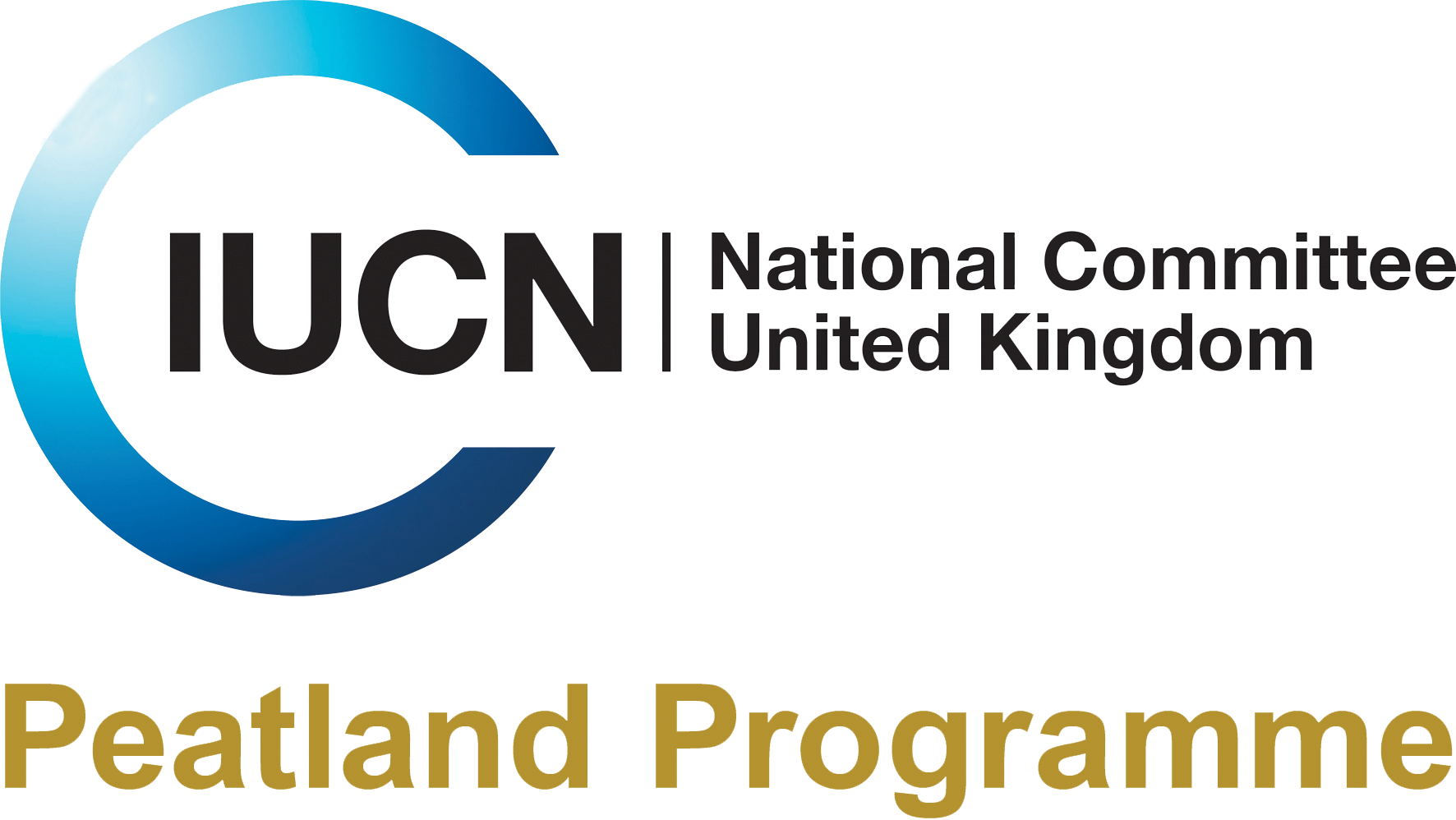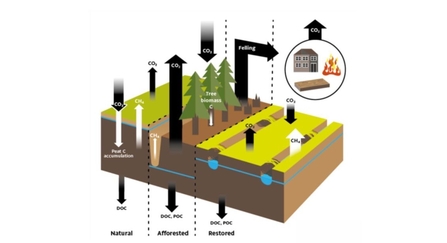Native woodlands and peatlands are two of our largest natural climate regulating ecosystems. They are both of high biodiversity importance and are a priority for conservation and restoration in the UK. Both have been subject to centuries of loss and damage, with the result that their characteristic wildlife is much depleted and that their climate regulating function is compromised. In order to meet the urgency and scale of climate change and biodiversity obligations we need sustainable management and enhancement of both peatlands and woodlands in the UK, without compromising one for the other.
Recent calls for increased tree planting and woodland expansion raise concerns over the impact this may have on the UK’s peatlands. A recent report by the Natural Capital Committee: ‘Advice on using nature based interventions to reach net zero greenhouse gas emissions by 2050’ states;
“Increased tree planting without careful planning is likely to lead to the loss of other habitats and land uses, including species rich grasslands, heathlands and peatlands, particularly where these are in a degraded state. In addition, the wrong trees in the wrong places can have adverse impacts on soil (including soil carbon), water flows, water quality, recreation, biodiversity and air quality. Tree planting schemes will therefore need to employ rigorous monitoring, verification and spatially aware decision making to ensure that the right tree is planted in the right place at the right time for the right reason. This will be crucial to avoiding scenarios like the afforestation of peatlands in Scotland in the late 20th century, which was found in places to lead to a net increase in GHG emissions and the felling and replacement of ancient native woodlands with fast growing productive species.41 Government should also consider natural regeneration rather than planting, trees outside of woodlands (including agroforesty) and hedgerows.” p.9
The IUCN UK Peatland Programme has produced a position statement summarising the scientific evidence on the impact of trees and their removal from peatlands and setting out current forestry policy relating to peatlands and peatland restoration.
The best available estimates indicate that 18% of UK peatlands have been converted to forestry and that afforested peatlands are estimated to have undergone a net increase of 24,000ha between 1990 and 20131. Current forestry policy has a focus on peat depths greater than 50cm (these so called deep peats estimated to cover 2.6million ha) but has limited consideration for the UKs extensive areas of shallower peat soils (estimated to be between c.2 million ha2 and c.5 million ha3 ). Forestry policy does divert new planting away from deep peat and allows for peatland restoration with many successful schemes but our position statement highlights that policy still allows for extensive restocking to occur on both deep and shallow peat.
The risks around self-seeded trees encroaching on degraded peatlands are also discussed. Woodland expansion including rewilding can bring many benefits and opportunities, for example natural flood management, carbon storage, biodiversity and ecotourism, however careful planning is required to ensure that degraded peatlands at risk from being inundated with self-seeded trees remain on a restoration trajectory when new woodland is proposed in the vicinity.

